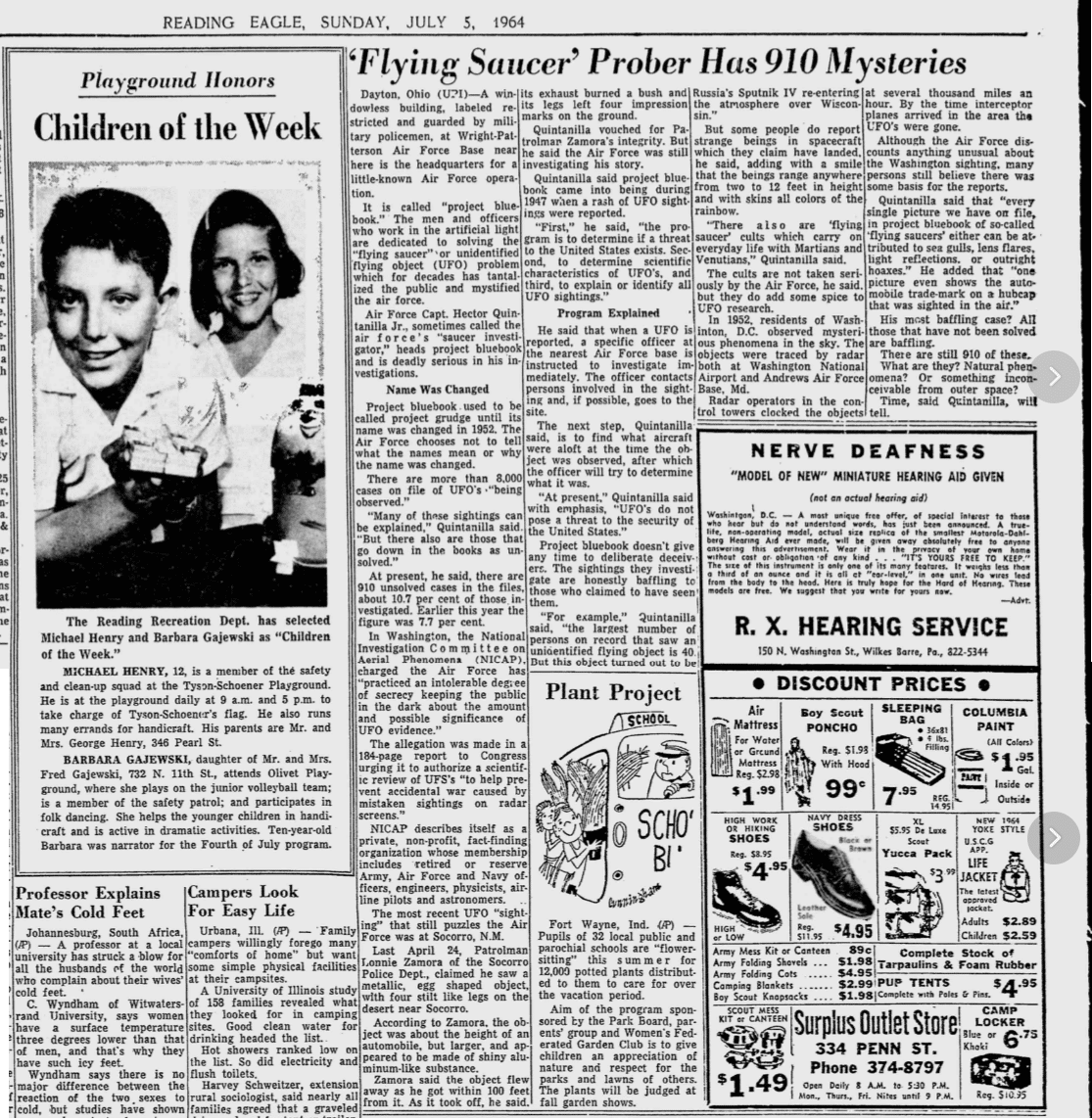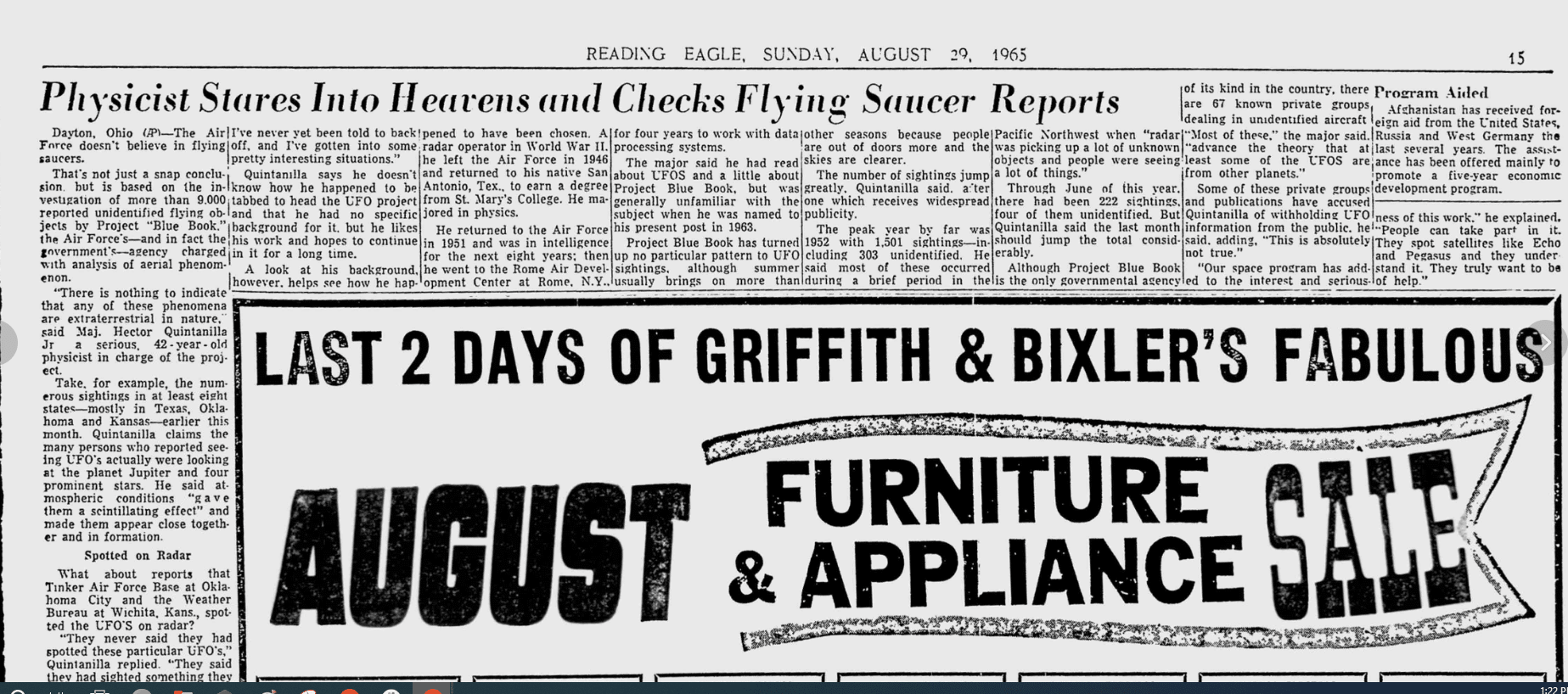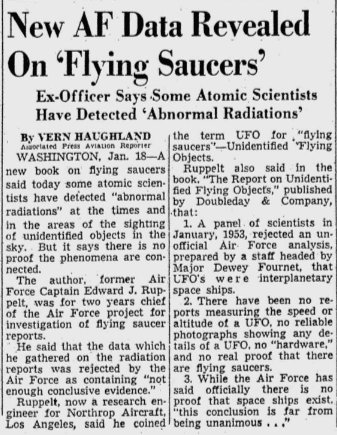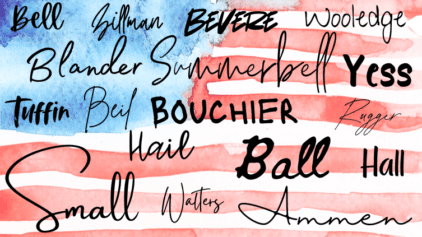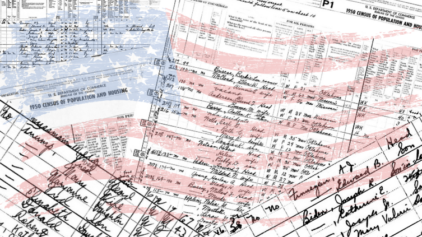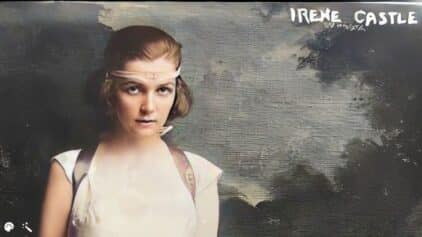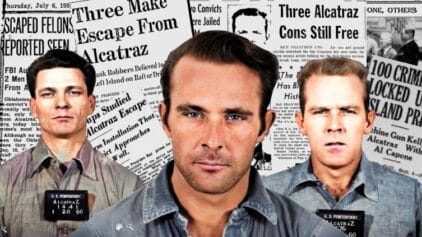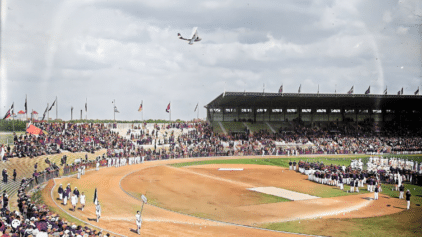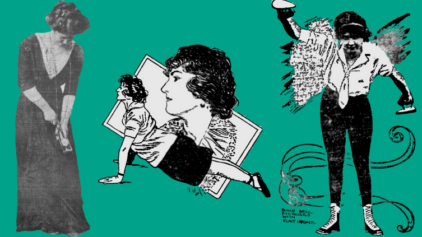Chronicles of the Unexplained: UFO Sighting Reports in 1960s News
- By Daniella
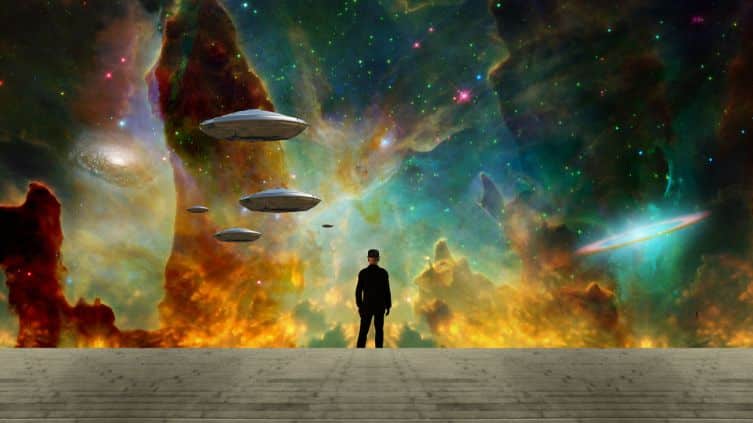

In the mid-20th century, as the world grappled with the aftershocks of World War II and the specter of the Cold War loomed large, an intriguing phenomenon captured the imagination of the masses: Unidentified Flying Objects, or UFOs (today also known as UAPs, Unidentified Aerial Phenomena). The 1950s marked the beginning of an era where stories of strange lights in the sky, mysterious encounters, and tales of extraterrestrial visitors swept through society like wildfire. UFO sightings, often synonymous with a sense of wonder, trepidation, and speculation, became an enduring fad that not only reflected the anxieties of the time but also propelled human fascination into the uncharted realms of the cosmos.
Search historical newspapers on MyHeritage
The post-World War II era was a period of rapid technological advancements and ideological tensions, with the Cold War between the United States and the Soviet Union dominating global discourse. Against this backdrop, reports of UFO sightings soared, echoing societal concerns about the unknown and reflecting humanity’s newfound obsession with outer space. As nuclear weapons cast a pall of existential dread, turning our attention to the skies to examine more theoretical and distant threats was perhaps somewhat comforting. Additionally, the awe-inspiring launch of the Soviet satellite Sputnik in 1957 and the subsequent “Space Race” further stoked public interest in the possibility of contact with extraterrestrial civilizations.
The fascination with UFOs in the 1950s was deeply intertwined with the era’s zeitgeist. Science fiction literature and B-movies of the time played a significant role in shaping public perceptions, often blurring the lines between reality and fiction. The allure of UFOs tapped into a collective yearning for answers to questions about humanity’s place in the universe and the potential for technological marvels. Over the decades, the UFO phenomenon has not faded; instead, it has evolved, adapting to new cultural contexts and continuing to captivate generations, even in the face of evolving scientific knowledge.
In light of recent renewed interest in the topic of UFO sightings, we took a peek into the historical newspaper collections on MyHeritage to find real-life stories about such sightings in the 1960s. Here’s what we found.
‘Project Blue Book’
The Reading Eagle from Reading, PA, ran a story in July 1964 about “Project Blue Book”: an Air Force operation tasked with probing UFO sightings.
According to the article, more than 8,000 cases of UFOs being “observed” were investigated by the project in the 17 years since it first began operation in 1947. Air Force Captain Hector Quintanilla Jr., who headed the project at the time, is quoted as saying that most of them were found to have other explanations, but that 910 cases remained unsolved. The most recent one, the article reports, was the sighting of a “metallic, egg shaped object, with four stilt like legs” on the desert near Socorro, by Patrolman Lonnie Zamora of the Socorro Police Department. The article ends on a note of uncertainty: “There are still 910 of these. What are they? Natural phenomena? Or something inconceivable from outer space? Time, said Quintanilla, will tell.”
‘Nothing to indicate that they are extraterrestrial’
A year later, in August 1965, the Reading Eagle returned to Quintanilla (who had been promoted to the rank of Major), and this time he was unequivocal: “There is nothing to indicate that any of these phenomena are extraterrestrial in nature,” he is quoted as saying.
The article lists 10 categories of explanations for UFO sightings: high flying balloons, high flying aircraft, “fata morgana” reflections in the atmosphere of distant light sources on the ground, satellites, meteorites/fireworks/flares/chaff/satellite decay, birds, planets, searchlights illuminating off of clouds, jet engine exhausts, and hoaxes or mirages. While at this point, after investigating 9,000 cases, 663 still remain unsolved, Major Quintanilla insisted: “None has ever given any indication of being a threat to our national security, of being beyond the range of present-day scientific knowledge, or as being extraterrestrial.”
‘Far from unanimous’
However, another leader of the project was not not quite so sure. In 1968, a book was published by former Air Force Captain Edward J. Tuppelt, who was chief of Project Blue Book for two years, in which he claimed to have gathered data on “abnormal radiations” at the times and areas in which UFOs were sighted. He said that these reports were dismissed by the Air Force as containing “not enough conclusive evidence.”
According to the above article in the Reading Eagle, Captain Ruppelt stated in the book that in January 1953, a panel of scientists rejected an official Air Force analysis that UFOs were interplanetary spaceships, and that “while the Air Force has said officially there is no proof that space ships exist, ‘this conclusion is far from being unanimous…”
A ghost ship and a giant hot dog?
People continued to report sightings throughout the 1960s. In March of 1966, the Clinton Daily Item of Worcester County, Massachusetts, reported that the Air Force was investigating the sighting of a glowing “ghost ship” that “scores of persons, ranging from farmers to policemen to collect coeds and a dean” claimed to have seen over the past few days:

Article from the Clinton Daily Item in 1966 from the MyHeritage newspaper collections (click to zoom)
“Fifty persons in the Ann Arbor area reported similar sightings Monday and their descriptions were similar to those of 87 coeds at Hillsdale College who said they saw an object touch down in marshland near their dormitory Monday night,” the article reports. “The Hillsdale college girls and their dean attempted to scientifically document the sighting but failed for lack of photographic and recording equipment. Some longhand notes shed little light on what they observed.”
In October 1966, the Washington Reporter published a story about 4 people — 3 policemen and a newspaper photographer — who reported seeing an “unidentified flying object shaped like a giant hot dog” over the Long Island town of Patchogue, New York.
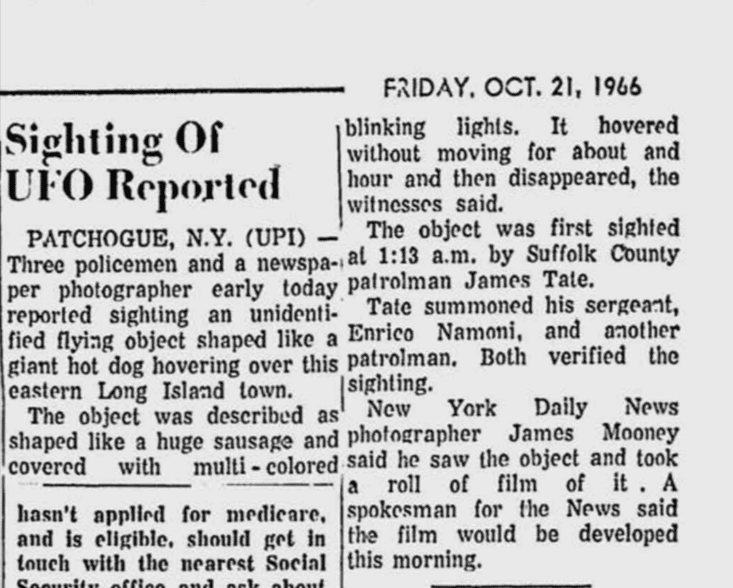
Article from the Washington Reporter in October 1966 from the MyHeritage newspaper collections (click to zoom)
The article says that the object “was described as shaped like a huge sausage and covered with multi-colored blinking lights. It hovered without moving for about an hour and then disappeared, the witnesses said.” The New York Daily News photographer James Mooney claimed to have taken a roll of film of the object which would be developed that morning, but apparently nothing of note came from those photos, since we couldn’t find any further information about them.
‘We may not be alone in the universe’
In 1967, a letter to the editor printed in the Schenectady Gazette objected to an editorial published a few days prior stating that “most officials and government agencies are willing to listen to UFO stories but few officials in any country take them seriously.”
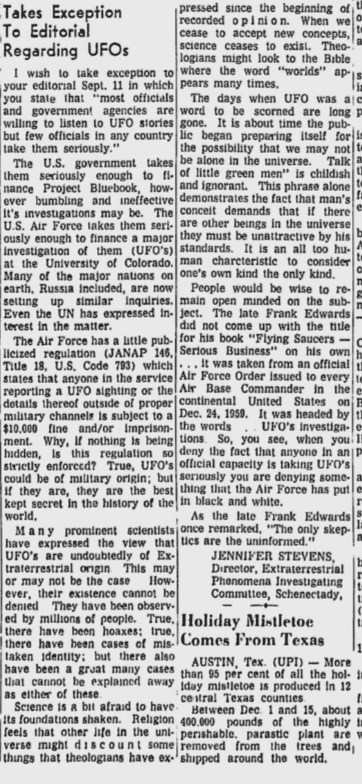
Letter to the editor in the Schenectady Gazette in 1967 from the MyHeritage newspaper collections (click to zoom)
The writer, Jennifer Stevens, was the director of the Extraterrestrial Phenomena Investigating Committee in Schenectady, and she states in the letter that “many prominent scientists have expressed the view that UFO’s are undoubtedly of Extraterrestrial origin. This may or may not be the case. However, their existence cannot be denied. They have been observed by millions of people. True, there have been hoaxes; true, there have been cases of mistaken identity; but there also have been a great many cases that cannot be explained away as either of these.”
“It is about time the public begins preparing itself for the possibility that we may not be alone in the universe,” she writes.
Interest in UFOs tapered off in the decades that followed, especially once the age of space exploration began in earnest. Perhaps the fact that real people were being launched into space and setting foot on the moon took some of the mystique away from the realm beyond the Earth’s atmosphere. In any case, 1969, Project Blue Book was closed with a final report concluding that nothing had come from the 21 years of their research that “added to scientific knowledge.” However, the fascination with the possibility of unexplained phenomena continues to this day — as do the reports of sightings.
These clippings offer us a snapshot of a time when the world was captivated by the concept of extraterrestrial life. Just as people then were drawn to the possibilities of encounters with the extraordinary, we can’t help but wonder what these stories meant to our ancestors. Did they spark dinner table conversations? Did they inspire dreams of exploration?
Search our newspaper collections to find out what your own ancestors were doing and thinking about in the 1960s and beyond.
